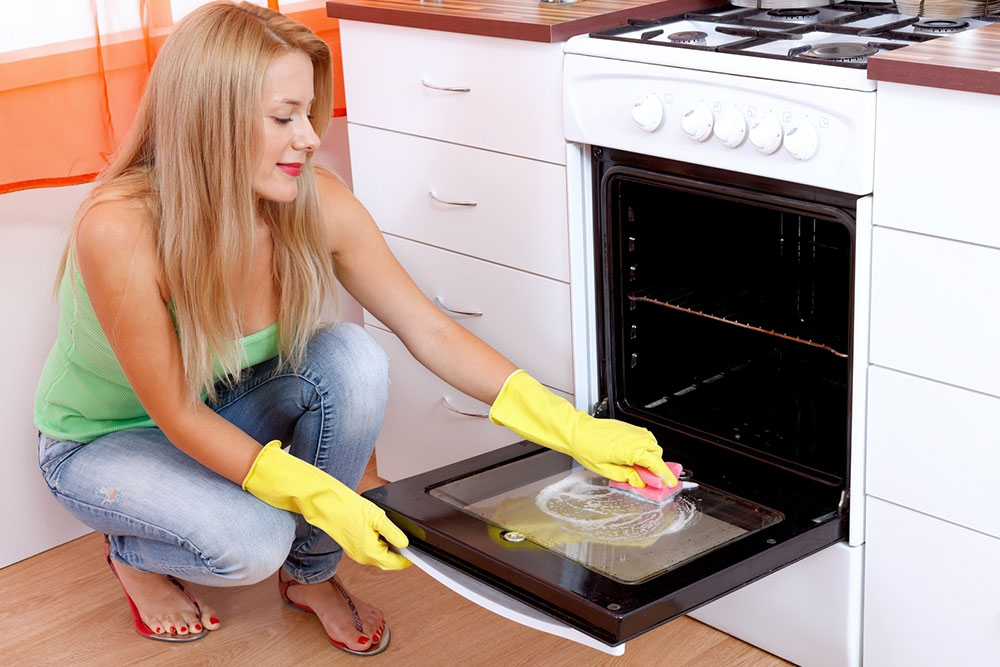10 common mistakes to avoid while using ovens

Baking is an art, and it involves the precise use of food ingredients, knowing the functions, and mastering the settings of the oven. Using the appliance correctly is a major factor that determines the texture, flavor, and overall quality of the final baked goods. However, some common mistakes can end up messing or spoiling the food and compromising the appliance’s longevity. Here are some of those mistakes and ways to avoid them.
Overloading the oven
An overcrowded oven won’t be able to cook the food properly or evenly. One may notice that the results are inconsistent or even undercooked. So, it’s best to ensure that the oven is not overloaded. One way to do this is to stick to the recommended capacity guidelines provided by the manufacturer.
Placing oily food too close to heat
Cooking oil tends to catch fire, resulting in fires and potentially hazardous situations. So, one should be careful not to place it too close to the heat. When it comes to an oven, avoid putting the food under the broiler. Foods with higher moisture content can be kept on lower oven racks when broiling.
Not preheating the oven
One should ensure that the proper temperature is set and the oven is preheated well before tossing in any food. This goes for all kinds of dishes, whether sweet or savory. Especially when baking a cake or roasting meat, one should preheat the oven as per the recipe to kickstart chemical reactions like caramelization to enhance flavor and texture.
Opening door frequently
Another mistake people tend to make is to open the oven door frequently to check the progress of one’s cooking. While this may be tempting to do, it is only going to prolong the cooking process. The oven needs to be shut to maintain the desired heat levels and prevent energy loss. One way to avoid this mistake is to simply set a timer for both the processes, preheating, as well as actual cooking. This will guarantee better results.
Not cleaning the appliance
People often forget that an oven is like any other appliance that needs regular cleaning. It helps prevent any accumulation of smoke in the oven or even the transfer of strong odors that the food, like cake or meat, may leave behind after use. Not only smell, but each cooking session may also leave behind crumbs or splatters. If left unattended or uncleaned, they may cause residue buildup and grease and boost bacterial growth. It’s best to follow the manufacturer’s guidelines when it comes to oven cleaning to ensure it performs optimally each time. Those who use the appliance frequently can clean it after every use and deep clean it once a week to remove any stubborn stains.
Not using baking sheet or parchment paper
It may be tempting to just pop the food into the oven and let it take care of the rest. However, prepping the pan is a must, and failing to do so can lead to difficult cleaning tasks and potential hazards during subsequent use. Place a baking sheet beneath the tray so the food doesn’t drip into the oven surface. This layering ensures that there are no spills and messes later. One also needs to remember that parchment paper is a better option than wax paper since the latter lacks heat resistance. Its wax coating is also susceptible to melting and may even catch fire if exposed to high temperatures. So, it’s advisable to use safer alternatives for baking. Having said that, one should avoid using foil at the bottom of the tray since it can block airflow and affect heating.
Leaving food droppings in the oven
Spills or drips are common mishaps that can happen while taking out or placing food items into the oven. But it’s only a problem if the crumbs, stains, liquids, spills, and other messes are not promptly cleaned up. Once they dry out in the oven, they may even catch fire. So, apart from using a baking sheet, one should also clear out any food droppings once the oven has cooled down.
Cooking food that shouldn’t go into the oven
Ovens are quite versatile appliances that facilitate various cooking techniques. But that does not mean one should toss all kinds of food into it. For example, toaster ovens cannot handle greasy or overly fatty foods, while conventional ovens can be used for air frying. Consider the limitations of each type of oven and adhere to them to ensure longevity and maintain the integrity of the appliance.
Directly spraying cleaners on knobs
Do not directly spray household cleaners to clean oven knobs. They usually contain chemicals and are flammable, and if they get into the switches, it can be disastrous and cause short circuits in the control panel. Instead of directly applying cleaner to the knobs, a safer method involves spraying a small amount of the cleaner onto a cloth and then gently wiping the controls to prevent any electrical mishaps.
Forgetting rack rust
If an oven rack is coated with rust, one should immediately tend to it. Failing to do so can put the appliance at risk of catching fire. It’s best to use a nonabrasive scouring pad and a mixture of soapy water and vinegar to clean the rust stains. This method is effective in softening and removing the rusk. In turn, it can extend the lifespan of the oven rack and not cause any safety hazards.


